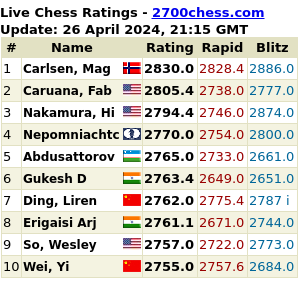 The book is really interesting but my scores are sad. My forecast (based on four problems) for the score on the first interim report is a fat 1079.
The book is really interesting but my scores are sad. My forecast (based on four problems) for the score on the first interim report is a fat 1079.The data is sparse but a first observation is that my moves are stronger than my evaluations of the positions. Another observation is that I do a few chocking blunders.
Ergo: I need to improve my evaluation skills and I need to get a proper thought process.
Some of the frequencies for the combination of answers presented by IM Khmelnitsky is quite surprising. My humble logic (and please remeber that I have no chess evaluation skills) would label some of the combinations as impossible to conclude but still they pop up with some frequenciy. I will try to explain what I am aiming at with an exagerated example: Suppose white has a clear mate in one. To suggest the winning move and evaluate the position as even does not make sense. Right?
The frequencies presented by the authur is based on real players of different skills solving the problems. The odd looking frequencies might tell us that a lot of players do the analysis then select a move more or less ignoring the analysis? Interesting.
I really like to books by IM Khmelnitsky and I think that I will learn a lot from solving the problems.







G#5 was my first correctly solved exercise which bumped my prediction to 1446.
ReplyDeleteG#6 was another "10"! The prediction is now 1582
ReplyDeleteThis is so much fun! I try to limit myself to just a few problems per day.
Bring on Fischer! My third "10" in a row!
ReplyDeleteG#8 1763
ReplyDeleteG#9 and G#10 brought me back to more realistic levels
ReplyDeleteI see you got to the review before I did.
ReplyDeleteI was lucky and got a copy pretty fast. The book still deserves a full and proper review.
ReplyDeleteG#11 and G#12 was rather complicated. I feel I was closer to the proper solution than my score would suggest.
ReplyDeleteScore after #1-12: 1446